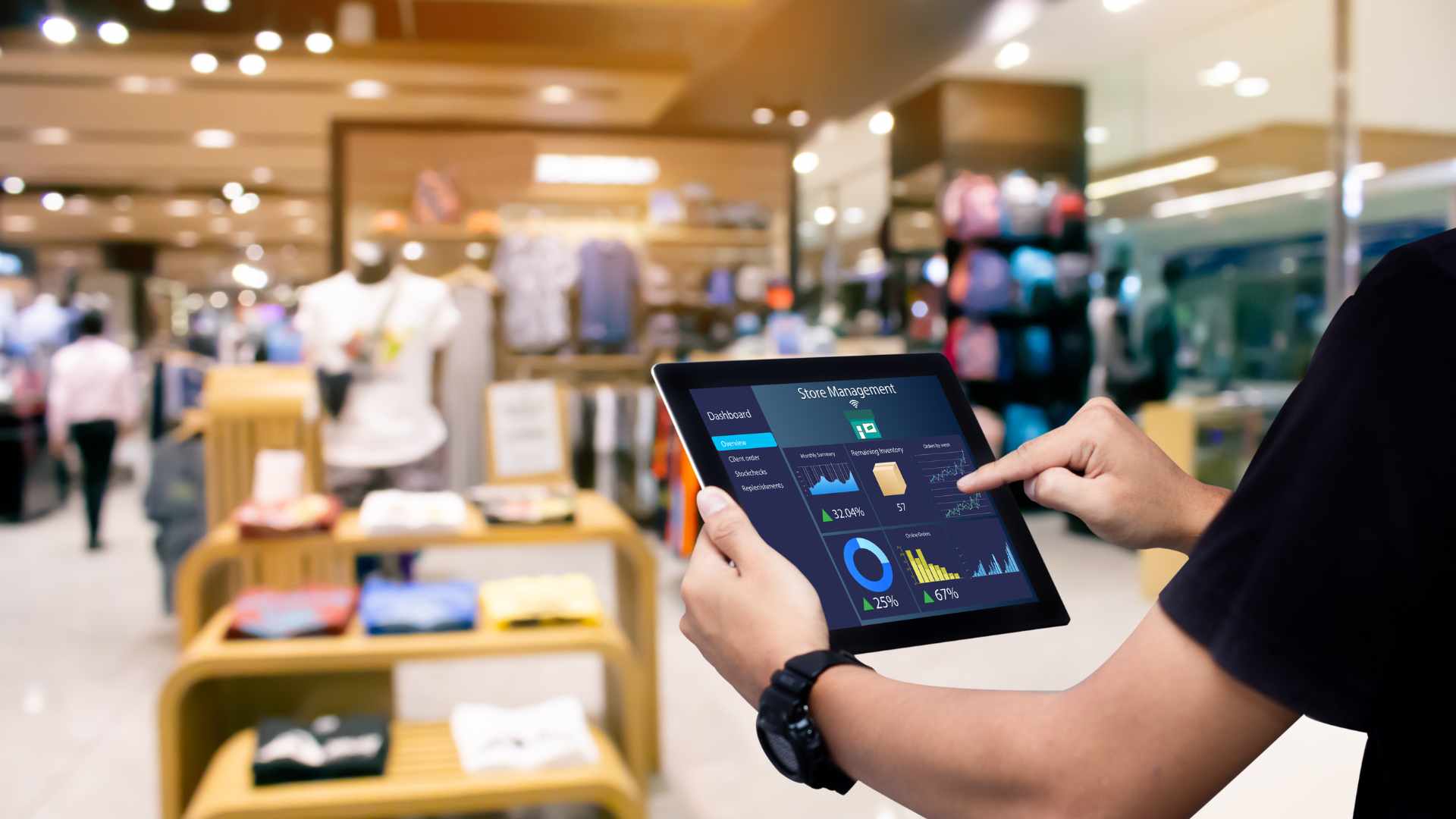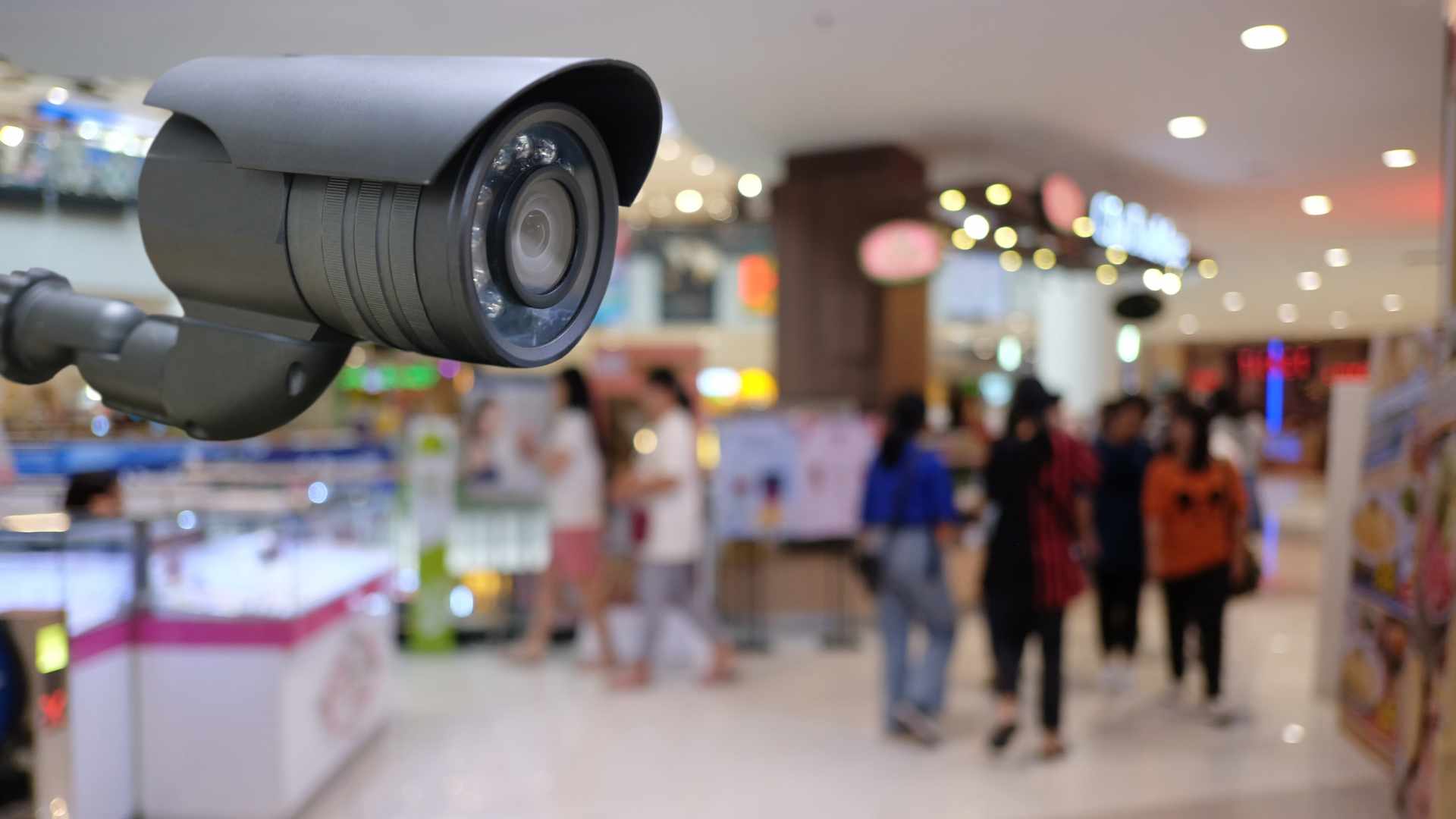Investing in automated security systems has become a strategic decision for homeowners and businesses. The initial investment in these advanced systems might seem substantial, but their long-term savings and benefits far outweigh the upfront costs. Automated security systems enhance the safety and security of properties and contribute to improved efficiency and increased property value.
We’ll explore the various aspects of commercial security systems, home automation systems, and business automation, providing insights into how these investments can lead to substantial financial and operational advantages. From enhancing security and operational efficiency to increasing property value and ensuring convenience, automated security systems offer a compelling return on investment. Join us as we discuss the cost dynamics and benefits of adopting these advanced technologies for a safer, more efficient future.
Commercial Security Systems: Balancing Costs and Benefits
Investing in a commercial security system involves several factors that influence the final price, including:
- Type of Security Technology: The choice between basic cameras and advanced surveillance technologies like facial recognition.
- System Scale and Complexity: Larger properties with more extensive coverage needs increase the number of cameras and sensors required.
- Installation and Maintenance: Professional installation and ongoing maintenance ensure system efficacy and longevity.
- Customization and Additional Features: Features like real-time monitoring and integration with local emergency services can increase costs.
Long-term Benefits
- Enhanced Security and Safety: Reliable systems prevent costly breaches and protect assets and personnel.
- Operational Efficiency: Integration with business operations can enhance efficiency, such as through access control systems.
- Reputation and Trust: Effective security measures bolster customer and employee confidence.
While the upfront costs of a commercial security system can be high, the long-term benefits in terms of safety, operational efficiency, and reputation justify the investment.
Home Automation Systems: Costs and Savings
Initial Implementation Costs
Home automation systems can be costly to install, involving expenses related to devices like smart thermostats, security cameras, and centralized control hubs.
Long-term Savings and Benefits
- Energy Efficiency: Automated systems can significantly reduce energy consumption by optimizing heating, cooling, and lighting.
- Enhanced Security: Integrated security features like smart locks and cameras improve home safety.
- Convenience and Control: Homeowners can control various aspects of their home remotely, saving time and effort.
- Increased Home Value: Smart home features are attractive to buyers, potentially increasing property value and resale appeal.
Benefits for Specific Groups
- Elderly and Disabled Individuals: Automation provides independence by allowing control over home functions without physical effort.
- Busy Families: Automation saves time and effort in managing home routines and security.
- Pet Owners: Automated pet feeders and monitoring systems ensure pet care even when owners are away.
The initial high costs of implementing home automation systems are offset by long-term savings on energy, enhanced security, and increased convenience, making it a worthwhile investment.
Business Automation: Cost Savings through Efficiency
Manufacturing Automation
- Increased Production Efficiency: Continuous production with automation increases output and reduces labor costs.
- Improved Quality Control: Automation ensures higher precision and consistency, reducing waste and defects.
- Reduced Labor Costs: Automation of repetitive tasks lowers dependency on human workers and minimizes workplace injuries.
Customer Service Automation
- 24/7 Availability: AI-powered chatbots provide round-the-clock customer support, enhancing satisfaction and reducing the need for large service teams.
- Efficient Query Resolution: Automated systems handle common queries efficiently, freeing human agents for complex issues.
- Personalized Interactions: AI analyzes customer data to offer personalized recommendations, improving engagement and loyalty.
Financial Automation
- Streamlined Processes: Automation in invoice processing and accounts payable reduces errors and speeds up financial operations.
- Fraud Detection: AI algorithms detect patterns of fraudulent activities, safeguarding the organization.
- Enhanced Financial Analysis: Automation enables faster and more accurate financial forecasting and decision-making.
Human Resources Automation
- Efficient Recruitment: Automation of candidate screening and interview scheduling accelerates hiring processes.
- Improved Onboarding: Automated onboarding ensures a seamless integration for new employees.
- Performance Management: AI tools analyze employee feedback and performance metrics to improve engagement and productivity.
Automation in various business departments leads to significant cost savings, enhanced efficiency, and better resource management, making it a critical investment for future growth.
Benefits of Implementing Automated Systems
- Increased Efficiency and Productivity: Automation handles repetitive tasks quickly, allowing employees to focus on strategic activities.
- Improved Accuracy: Automated systems reduce human error, enhancing work quality and minimizing costly mistakes.
- Enhanced Data Collection and Analysis: Real-time data from sensors and IoT devices provide valuable insights for proactive decision-making.
- Cost Savings: Streamlining processes through automation reduces operational expenses.
- Improved Safety: Access control systems and surveillance cameras integrated with automation enhance security measures.
Cost Comparison with Traditional Security Systems
Choosing between traditional and modern security systems depends on your specific needs, budget, and willingness to adapt to new technology. Traditional systems provide trusted, human-centered security but come with higher ongoing costs and limitations. In contrast, modern systems offer comprehensive, automated protection with significant long-term savings and advanced features, though they require a higher initial investment and some technical acumen.
By weighing these factors, businesses and homeowners can select the most appropriate security solution to protect their properties effectively and economically. When considering security solutions, it’s essential to compare traditional security systems with modern alternatives in terms of effectiveness, cost, and overall benefits. This blog provides a detailed comparison to help businesses and homeowners make informed decisions about their security investments.
Traditional Security Systems
Components and Features
Traditional security systems have long been the cornerstone of property protection. Key components include:
- Security Guards: Human presence for monitoring and immediate response.
- CCTV Cameras: Basic video surveillance for recording activities.
- Access Control Systems: Key card or manual authentication methods for entry.
Benefits
- Human Intelligence: Security guards can make real-time decisions and handle unexpected situations.
- Visual Deterrence: The presence of guards and visible cameras can deter criminal activities.
- Simplicity: Easy to understand and operate without the need for advanced technical knowledge.
Drawbacks
- High Costs: Salaries for security personnel and maintenance of hardware.
- Limited Coverage: Guards and static cameras might miss incidents in blind spots.
- Manual Operation: Systems require manual checks and interventions, which can lead to human error.
Traditional systems provide a reliable but costly and somewhat limited approach to security, reliant on human presence and basic technology.
Modern Security Systems
Components and Features
Modern security systems leverage advanced technology to provide comprehensive protection. Key components include:
- High-Resolution Cameras: Digital cameras offering clear, detailed footage accessible remotely.
- Infrared Sensors: Detect motion and trigger alerts or actions.
- Smart Security Panels: Central control units managing all connected devices.
- Remote Access: Control and monitor systems via smartphones or computers.
Benefits
- Cost-Effective: Reduced need for physical security personnel and less maintenance.
- Comprehensive Coverage: Advanced sensors and high-resolution cameras cover more area and reduce blind spots.
- Automation and Alerts: Automated systems can instantly alert authorities and property owners about breaches.
- Remote Monitoring: Access and control security systems from anywhere, ensuring continuous surveillance.
Drawbacks
- Initial Setup Costs: High upfront investment for purchasing and installing advanced technology.
- Dependence on Technology: Requires a reliable internet connection and power supply.
- Learning Curve: Users may need time to understand and effectively use all features.
Modern security systems offer enhanced functionality and efficiency with lower long-term costs, though they require an initial investment and technical understanding.
Cost Comparison
Initial Costs
- Traditional Systems: Lower initial hardware costs but significant expenses in hiring and training security personnel.
- Modern Systems: Higher upfront costs for purchasing advanced equipment and installation.
Maintenance and Operational Costs
- Traditional Systems: Ongoing expenses include salaries, insurance, and liability for security personnel, plus maintenance for physical systems.
- Modern Systems: Lower ongoing costs as fewer personnel are needed, and maintenance is typically less intensive with automated alerts and updates.
Long-Term Savings
- Traditional Systems: Continuous high costs due to personnel and potential liability issues.
- Modern Systems: Significant savings over time due to reduced manpower needs and efficiency in detecting and responding to incidents.
While modern security systems may have higher initial costs, they offer significant savings in the long run due to reduced personnel and maintenance expenses.
Conclusion
Investing in automated security systems is a forward-thinking decision that offers substantial cost benefits over time. Despite the significant upfront costs, the long-term savings and enhanced value they provide make these systems a worthwhile investment for both homeowners and businesses.
Automated security systems offer numerous advantages, including enhanced safety and security, improved operational efficiency, and increased property value. However, the most comforting aspect is their peace of mind and convenience, making them an appealing choice for modern living and business operations and ensuring a comfortable environment.
As we’ve explored, the cost benefits of automated security systems extend across various domains-from commercial security and home automation to business operations-highlighting their capacity to deliver substantial financial and operational advantages. By embracing these advanced technologies, businesses and homeowners can ensure a safer, more efficient, and cost-effective future.
FAQs About Automated Security Systems
What Are The Initial Costs Involved In Setting Up An Automated Security System?
The initial costs can vary based on the type and complexity of the system, including the price of high-resolution cameras, sensors, smart security panels, and professional installation. While the upfront investment can be significant, it is essential to consider the long-term savings and benefits these systems offer.
How Do Automated Security Systems Save Money In The Long Term?
Automated security systems reduce the need for physical security personnel, lower maintenance costs through automated alerts and updates, and prevent costly breaches and thefts. Additionally, they enhance operational efficiency and can lead to discounts on insurance premiums, contributing to substantial long-term savings.
Can Automated Security Systems Increase The Value Of My Property?
Yes, properties equipped with advanced security features like smart locks, surveillance cameras, and automated control systems are often more attractive to buyers. These systems can enhance the overall value and resale appeal of the property, making it a worthwhile investment.
Are There Ongoing Costs Associated With Maintaining Automated Security Systems?
While automated security systems generally have lower ongoing costs compared to traditional security systems, there are still some expenses for regular maintenance, software updates, and potentially subscription fees for monitoring services. However, these costs are typically outweighed by the long-term savings and benefits.
How Do Automated Security Systems Improve Operational Efficiency?
Automated security systems streamline various processes, such as access control, monitoring, and incident response. By reducing manual intervention, they improve accuracy, save time, and allow personnel to focus on more strategic tasks, thereby enhancing overall operational efficiency.


